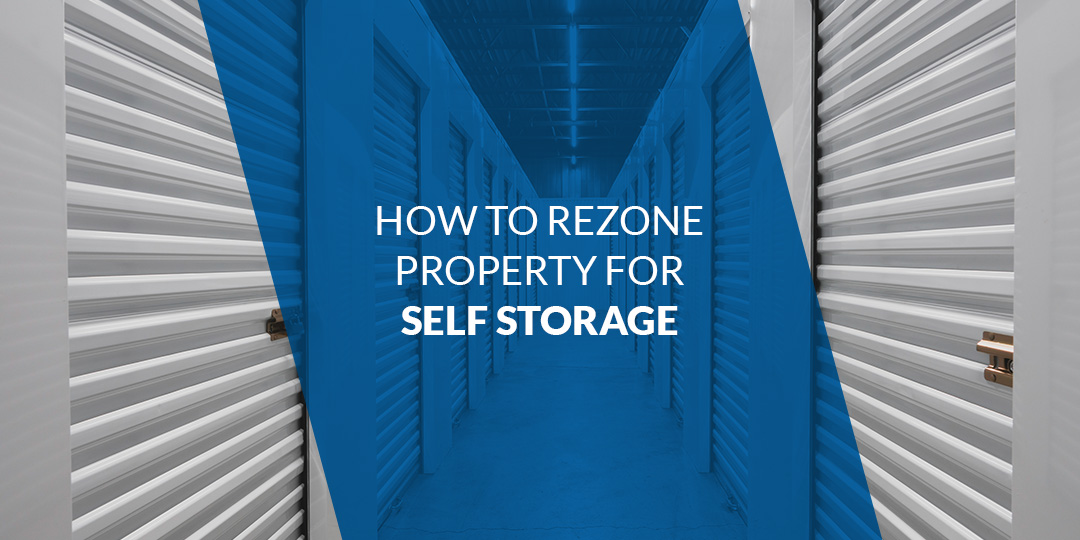How to Rezone Property for Self Storage

Zoning laws protect spaces in communities and reduce conflict between different property owners. Zoning ensures properties like industrial facilities and schools aren’t near one another and maintains enough residential space for homes.
Over time, however, zoning needs can change. For example, you may see an opportunity to add a self storage property to an area where local landowners might need a dedicated place to keep belongings. If local zoning laws do not currently allow for the development of a self storage property, you may be able to submit a rezoning application.
6 Steps to Rezoning Land for Self Storage Development
Follow these steps to confirm the space is suitable for a self storage site and receive the proper zoning:
1. Survey Your Property and the Surrounding Area
To rezone a property, you must explain to the governing body why a zoning change is warranted and show that you’ve invested in a professional land survey to evaluate land use. A survey can also help you understand how likely you are to succeed with rezoning. Approval is more difficult in densely populated urban areas with limited space. You may have better chances in evolving locations with established businesses.
2. Reach Out to Your Municipality
Check your local planning authority and municipal government websites to find relevant information about your area. Contact the local government and planning authority to learn more.
3. Get Familiar With the Local Rules
Read about the property’s current zoning and check the local rules about rezoning. If possible, speak with others who have completed the rezoning process in your area to learn about their experiences.
4. Talk With Landowners Near Your Property
Creating a self storage property can offer a new service and even create jobs, but it can also change noise levels, parking and traffic. Your neighbors will have a say in whether your rezoning application is approved, so speak to them before submitting your application to explain what you intend to do. It’s common for at least one local landowner to oppose the rezoning, but your application can succeed, even with one or two dissenting voices.
5. Submit Your Application
Before applying, you may want to meet with the local planning department to discuss your intentions. After this, you will need to submit the rezoning application. Every municipality’s requirements are different, but the application will usually require you to submit completed application forms, site plans, land surveys, maps, traffic studies and a fee.
6. Move Through the Rezoning Process
The self storage rezoning process varies, but your planning department will provide detailed information. Typically, you’ll need to meet with a few committees, undergo a planning review and submit any additional information the planning department requests.
Contact IRE for More Information About Buying and Selling Self Storage Sites
Preparation is the most important part of getting approval for rezoning. External factors, including local politics and neighbors, play a role in the process, but doing your due diligence can help you prepare and address any challenges. Working with an expert can help. Reach out to Investment Real Estate (IRE). We’ve been specializing in self storage since 1998, and our brokerage team offers a range of services to assist you.

